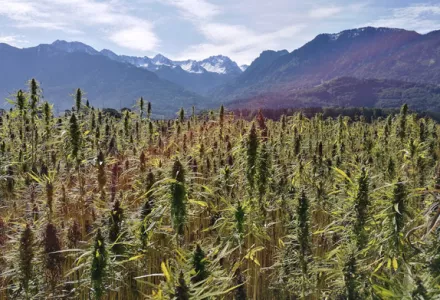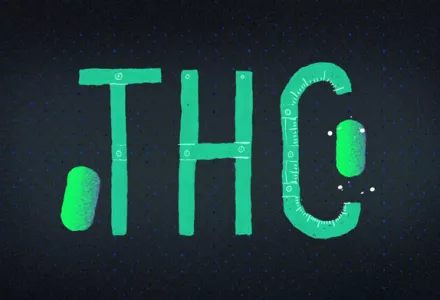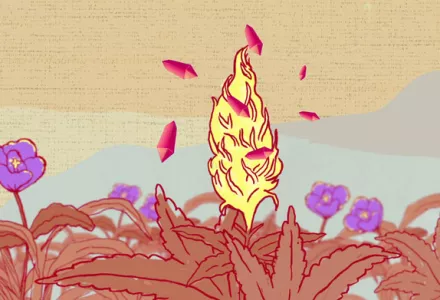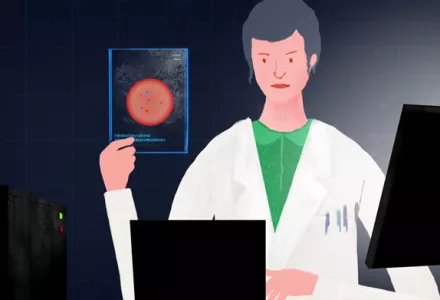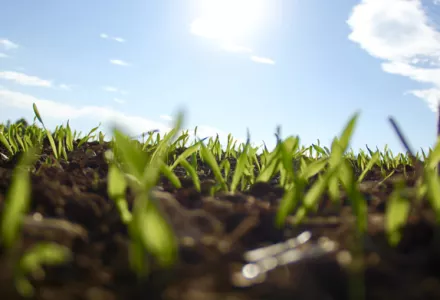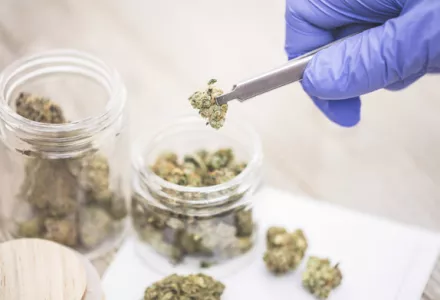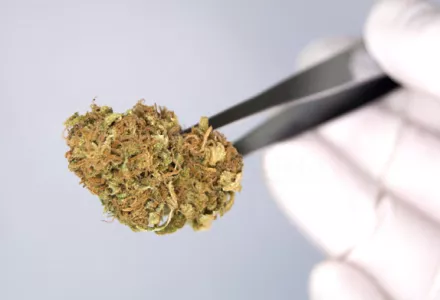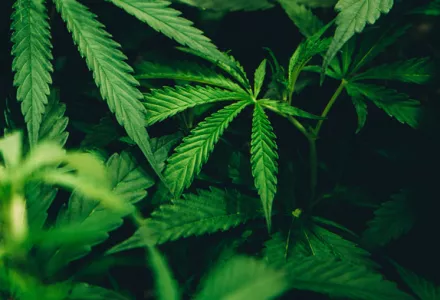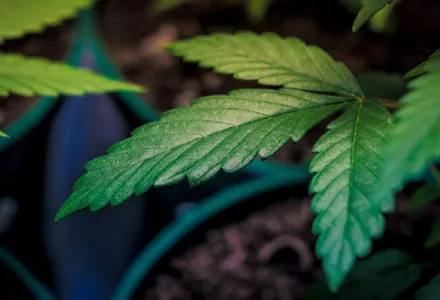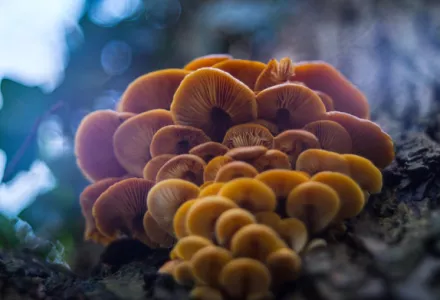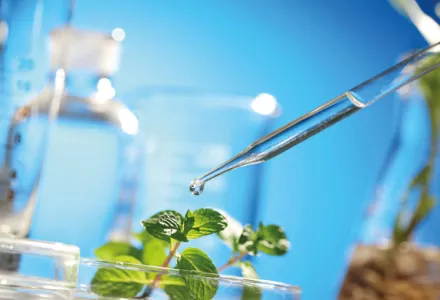This is an article created by Fundacion CANNA, a Spanish non-profit organization that carries out studies and conducts research on Cannabis and its active compounds. Its main focus is on Cannabis plants and their active compounds, related studies and scientific research, especially regarding its effects on the human body and mind and regarding Cannabis use and its derivatives. Fundación CANNA has it’s own laboratory where different kind of tests are performed.
Cannabidiol, also known as CBD is one of the two most important cannabinoid components in the cannabis plant. It is found in varying proportions in different strains; while in some it has only a negligible presence, in others it may be the most abundant component, or occur in roughly the same proportions as THC.
The plant has a number of compounds that have a psychoactive effect (altering perception and mood) and others which do not. The former include delta-9-THC, CBN (cannabinol) and delta-8-THC, which have different potency and concentration levels in the plant. Of these, the most potent and abundant is delta-9-THC. It is these compounds that cause the effects sought by recreational users – in other words, the "trip".
CBD, in contrast, although it is a composite that acts on the central nervous system and is therefore psychotropic, does not have the psychoactive effects of THC. On the contrary, it antagonizes the psychotomimetic effects (psychotic similes) caused by THC.
At this time, CBD is the cannabinoid that is recognised as having most beneficial effects for the treatment of various symptoms and diseases. It is also the one with the greatest therapeutic margin, albeit with minor side effects in a wide range of doses. In general, CBD is very well tolerated.
Read more about full-spectrum cannabis extracts vs. CBD isolate

